Discover Ireland
-
Why Book your Hiking Vacation in Ireland with Macs Adventure?
Our first-hand knowledge of Ireland's best kept secrets has allowed countless Macs Adventure customers to confidently explore every corner of the country. We've been running our self guided hiking trips in Ireland since 2006, and have dialed in the perfect itineraries for culture, food and drink, and scenery.
Choice of Tours: Ireland is now one of our most popular destinations for US customers, with hundreds of hikers traveling with Macs Adventure to Ireland each year. Whether you're interested in impressive coastal trails with castle ruins and ancient stones such as those on the Dingle Way , or the best live-music pub in town, rest assured we've planned it right for you.
Self-guided: We provide the freedom for you to choose your route and travel companions, and to discover Ireland independently at your own pace. We've made great friends with the accommodation providers and baggage handlers and should you have the slightest issue, they'll do everything possible to help you out. Additionally, our 24/7 support team is just a phone call away.
Accommodation: Our accommodation is carefully selected to ensure you have a good level of comfort alongside friendly Irish service. We find the best B&BS and guesthouses, or more up market In Style hotels, in the villages and towns that our routes pass through. You'll find that it’s the people and the proprietors that make these tours and Ireland so special. All of your luggage is transported to the next overnight – hassle free hiking the way you want it.
We pride ourselves on our unique expertize and we showcase a fine selection of tours spanning across the entirety of Ireland. The beauty of this Emerald Isle and the Irish spirit is embedded in all our hiking in Ireland vacations.
![Why Book your Hiking Vacation in Ireland with Macs Adventure?]()
-
Irish Pub Culture
Irish pubs are famous throughout the world, and most major cities now have an Irish pub/bar. However, an authentic Irish pub is not full of people with green hats with shamrocks dangling from them!
Who goes to the pub: In the late 17th century, the ‘Public House’ was a place for working men to drink. It's now a hub for the local community and everyone, including children are welcome. It’s common for an Irish family to take a baby baptism party for a drink at the pub after church. The Irish love getting together and having a chat over an informal pint.
The ‘Craic’: Pronounced ‘crack’, this very Irish saying translates to ‘What’s been going on with you, tell me a story about your day’. You go to the pub to hear the craic.
Buying rounds: The landlord of the pub is also normally a friend and will know all the locals. You order at the bar, and no tip is expected. If you’re with a group, you’ll take turns in buying drinks for the table. But you can’t leave before it’s your round!
Guinness: A pint of The Black Stuff. It’s unlikely that you’ll find an Irish pub which doesn’t sell Guinness. First brewed in Dublin in 1759 and is now brewed worldwide – however naturally it always tastes better in it’s homeland!
The music: Small groups of local musicians will often play in the pub. It’s a casual affair with the musicians sitting in the corner drinking pints whilst playing. Impromptu music with a singsong and the tin whistle is less common, but this is the magic of small-town pubs when friends get together.
Food: A few pubs will serve food, but not all. However, you’ll aways be able to get a small pack of salty peanuts and a bag of ‘crisps’…don’t ask for chips as might end up with a portion of fries!
Sláinte: Cheers
![Irish Pub Culture]()
-
The Great Famine and Emigration to the USA (1845-1851)
Potato was the staple food of the Irish in the mid 1800’s. The plant disease ‘potato blight’ caused the crops to fail in successive years from 1845-1849. The British rule still forced wheat, cattle, diary and beans to be exported and as a result over 2 million people died of hunger or emigrated from Ireland.
The emigration to the USA was at its peak during this period, and the Irish comprised nearly half of all immigrants in the USA in the 1840s. This flow continued till about 1930. The population of Ireland pre-Famine was over 8 million, and it’s never regained these numbers, with it currently being around 5 million.
![The Great Famine and Emigration to the USA (1845-1851)]()
-
Sustainable Travel along the Dingle Way
When thinking about the Dingle Way, a spectacular coast, rugged mountains, and ancient ruins come to mind. But that's not all the peninsula has to offer! The area has a rich cultural heritage; an ancient language, welcoming residents, longstanding traditions, and outstanding food. The Dingle Peninsula is more than an attraction, it is more than a visit, it is a destination. Residents and members of Dingle Peninsula Tourism Alliance have recognized their responsibility to keep the area protected, to allow future generations to enjoy it as much as we do today.
Here are some simple ways to contribute during your visit!
- Say “NO” to plastic – a great way of doing this is limiting the use of straws, plastic drinking bottles, plastic coffee cups and plastic bags.
- Leave no trace – carry your personal waste such as wrappers from snacks and other items and avoid littering along the route.
- Stay local, shop local – Support the local communities by eating and shopping locally!
- Let nature's sounds prevail – enjoy your experience, keep your noise to a minimum and respect farm animals and wildlife around you (with the added bonus of a higher chance of finding them!)
- Leave what you find – Don’t take home rocks, plants or flowers as souvenirs as some of these can be valuable for the natural habitats.
![Sustainable Travel along the Dingle Way]()
- Say “NO” to plastic – a great way of doing this is limiting the use of straws, plastic drinking bottles, plastic coffee cups and plastic bags.
-
Irish Food – Top 5
Shellfish - Being an island nation, it’s no wonder seafood especially shellfish is popular. Lobster, crab, shrimps and mussels can be found on most menus in the summer, and in September oysters come into season. Food festivals such as the Galway Oyster Festival (September) and the Dublin Bay prawn festival in Howth (May) are a joy for foodie visitors.
Soda Bread - The basic ingredients are always the same, baking soda, buttermilk and flour. However, every Irish family has a different recipe which can include adding seeds, bran or oats and making it sweet with honey or dried fruits. Always eaten sliced with butter.
Stew - A good plate of hearty Irish stew is a one-pot meal with potatoes, onions and traditionally mutton, but usually lamb these days. Carrots are sometimes added, and it’s left to simmer and reduce for a thick delicious warming meal coming in from a rainy day!
Colcannon and Champ - Both these dishes are potato based, and it’s unlikely you’d have both on your plate at the same time. Champ is mashed potato with spring onions, butter and milk. Colcannon is the same but also includes cabbage or kale.
Boxty - Another potato dish, Boxty covers the full range of potato dumplings, potato pancakes and potato bread. Usually, it’s grated potato mixed with mashed potato and then cooked in different ways for the various types. It’s often eaten with eggs and bacon for breakfast or with smoked salmon for lunch.
![Irish Food – Top 5]()
-
Gaeltacht and local lingo
The Dingle Peninsula is one of the main "Gaeltacht" areas of the Emerald Isle, where the Irish language (Gaelic) is widely spoken at home, in schools and even the workplace. Due to its remote location, it was removed from the influences of the modern world for a long time and the local language and traditions have largely remained intact. Staying in "Gaeltacht" villages means you get to really immerse yourself in the Irish cultural heritage.
You can be sure to come across the Gaelic symbols during your Dingle Way adventure - road signs, names, descriptions and even menu items! Learning a few phrases will help you to get a deeper understanding of the people of this beautiful part of the world.
Here are a few sentences to practice:
Good morning - "Maidin Mhaith" (pronounced: mod-jin wot)
Cheers - "Slainte" (pronounced: slawn-cheh)
I speak only a little Irish - "Níl agam ach beagáinín Gaeilge" (pronounced: kneel ah-gum ock byug-aneen gayle-geh)
Thank you - "Tapadh leat" (pronounced: tapah lat)
The weather is beautiful today - "Ta an aimsir go halainn inniu" (pronounced: taw an eyeim-shur guh haul-inn inn-you)
![Gaeltacht and local lingo]()
-
Irish Myths & Legends
Storytelling has been a staple of the Irish culture since the dawn of time and the folklore has famous myths and legends. Think of the many songs, limericks and tales that exist. It is safe to say that mythology and Ireland go hand in hand, have you heard of any of these stories?
- The Leprechauns (or locally known as "Leath bhrògan"): The name translates from 'shoemaker' and the leprechaun is the cultural symbol of Ireland. They were said to roam the Emerald Isle before humans did, wearing a unique hat and red hair. Leprechauns leave a pot of gold at the end of a rainbow, so be sure to have a look if you see one!
- The Pooka (or locally known as "púca"): Pooka's are shape-changing creatures that are some of the most feared in Irish folklore. They are said to be evil and bring bad luck to those who have seen them. For this reason, they are most feared by farmers around the times of harvest!
- The Irish Harp: You may have noticed that the harp is the national symbol of Ireland, think of the company logos of famous Irish brands such as Guinness and Ryanair. The story goes that evil gods stole the first harp from Dagda (an Irish king). This caused a lack of music in Ireland and people turned very sad. The evil gods then gave back the harp and the joy returned to the entire land. This is how the harp became a national icon!
- The Shamrock: The three-leafed clover is an important Irish legend and crucial in the spread of Christianity across the Emerald Isle. St Patrick saw a clover and decided to use it to explain the three strands of the father, the Son, and the Holy Spirit as one, to the Celts. The Celts could previously not understand what St Patrick was trying to say, but with the help of the shamrock, they finally did.
![Irish Myths & Legends]()
- The Leprechauns (or locally known as "Leath bhrògan"): The name translates from 'shoemaker' and the leprechaun is the cultural symbol of Ireland. They were said to roam the Emerald Isle before humans did, wearing a unique hat and red hair. Leprechauns leave a pot of gold at the end of a rainbow, so be sure to have a look if you see one!
-
Irish Classic Books
Reading a book can give you a really good taste of the culture, history and landscapes of a destination. Whether you are planning a trip to Ireland or have recently booked a trip, here are some classic books that are set in Ireland!
Dubliners by James Joyce - This famous collection includes 15 short stories about the lives of ordinary people living in Dublin in the early 1900s. The book has a variety of characters and is an easy read with varied outlooks on life.
The Sea by John Banville - This novel is about love, loss, and the power of memory. A middle-aged Irishman called Max returns to the seaside town where he spent his summer holidays as a child to cope with the loss of his dear wife. Max comes to understand the past and this is the center of this beautifully written novel.
The Wild Irish Girl by Sydney Owensen - This book quickly reached bestseller status after it was published in 1806. In this story, a badly behaved boy is banished to his father's estate in Ireland to mend his ways. He then falls in love with the land and with a girl that he meets, but there are some complicated family affairs.
The Green Road by Anne Enright - This is the 6th novel by Anne Enright concerning the lives of the Madigan family on Ireland's Atlantic coast. This book is about family, selfishness and compassion when a family returns to the west coast of Ireland for a final family Christmas before their mother's home is about to sell. After a big conflict, the family is confronted with their ties and the road that brought them home.
Galway Bay by Mary Pat Kelly - This story takes place in a hidden corner of Ireland where fisherman and farmers find hope and courage in their songs, faith and celebrations. This novel describes the life of a young couple starting a family and selling their crops and catch to pay rent. Potatoes have become the bread and butter of their existence and when three harvests are destroyed, the natural disaster turns into The Great Starvation.
The Yellow House by Patricia Falvey - This novel delves into the politics of Northern Ireland at the beginning of the 20th-century where main character Eileen is torn between two men, each drawing her to one extreme. As war is declared, Eileen begins working at a local mill and tries to save money to hold onto her dreams. This story describes her struggles in trying to separate politics from her personal life.
![Irish Classic Books]()

























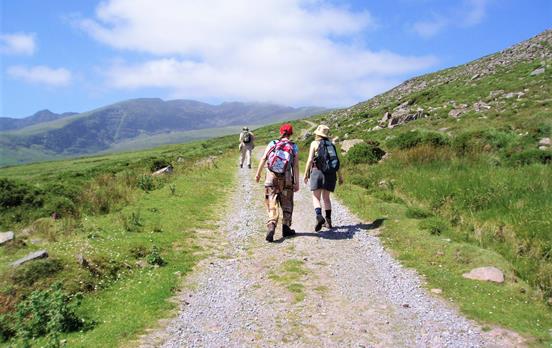


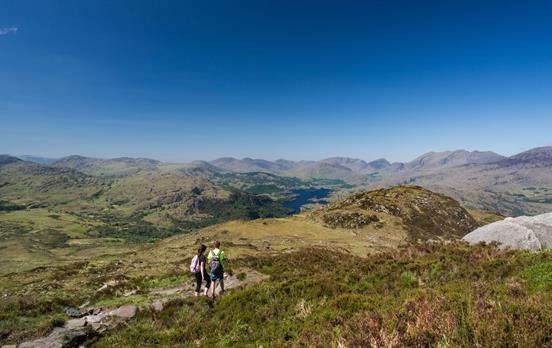
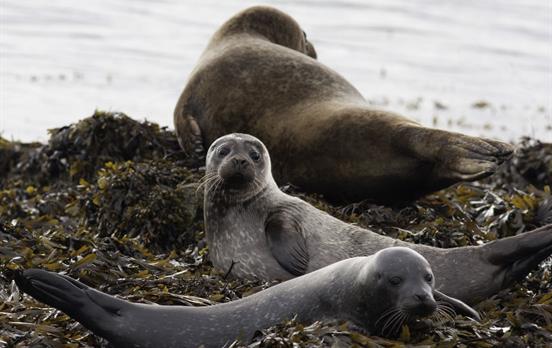
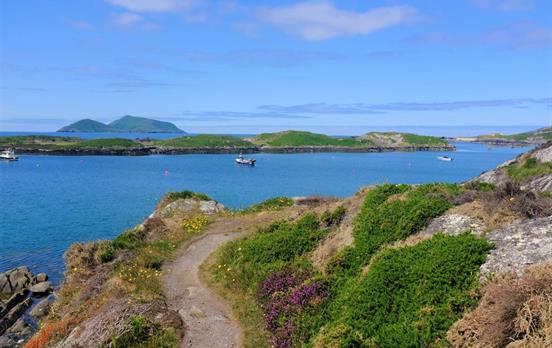
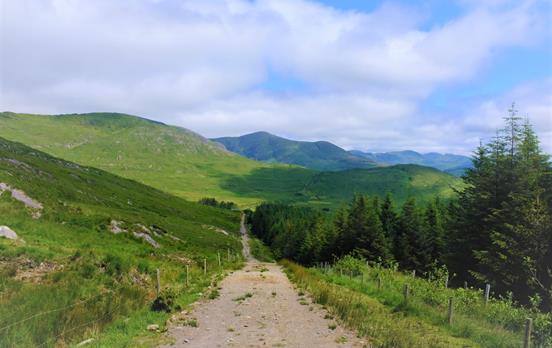
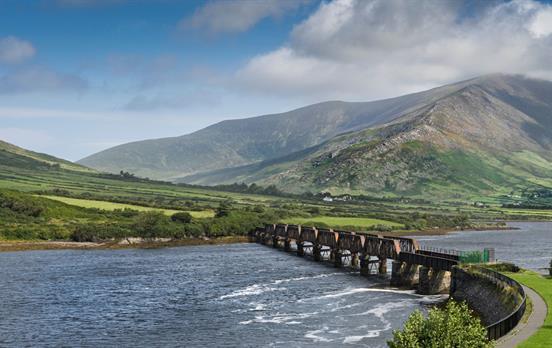
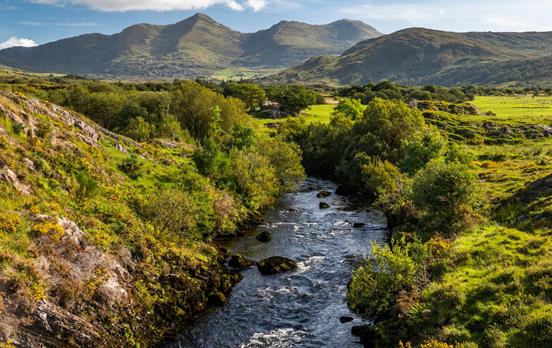
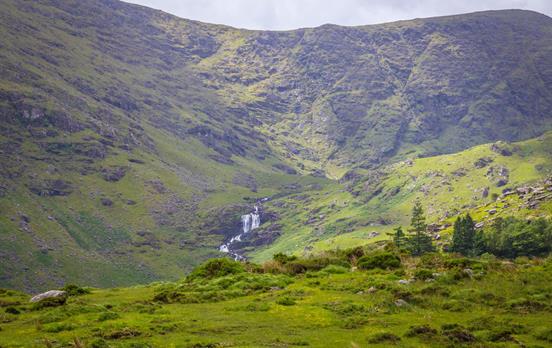


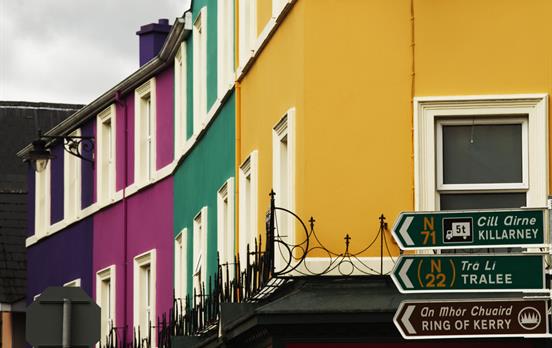



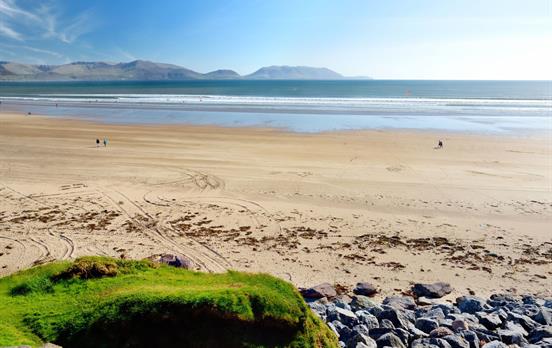
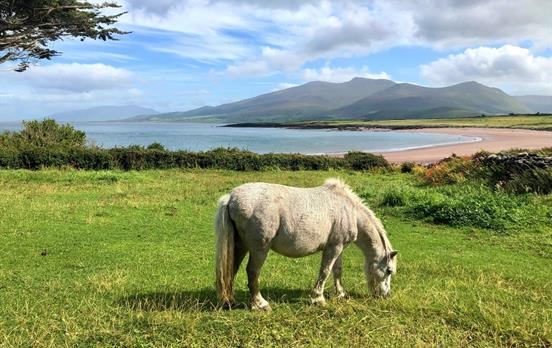
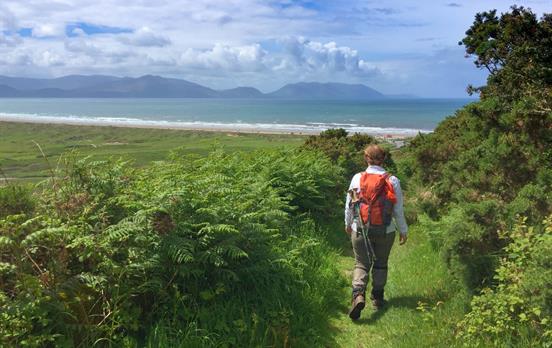
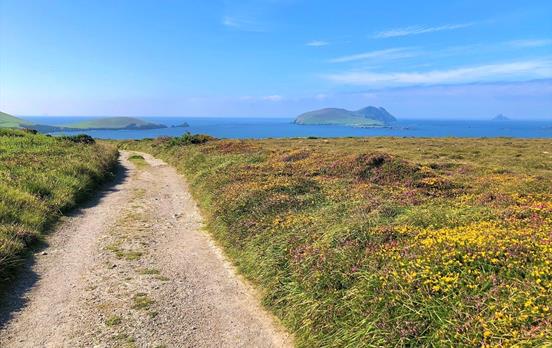


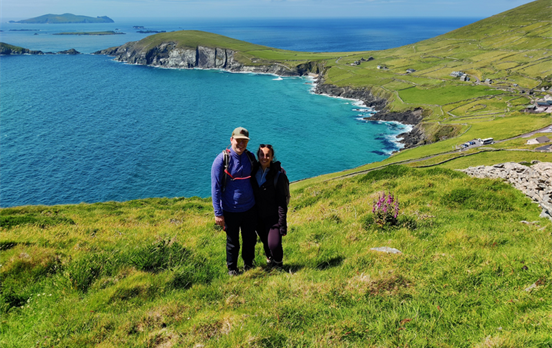
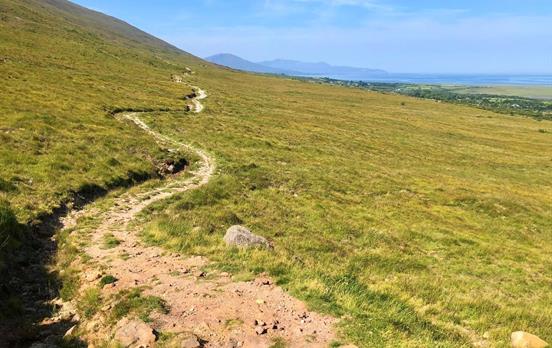

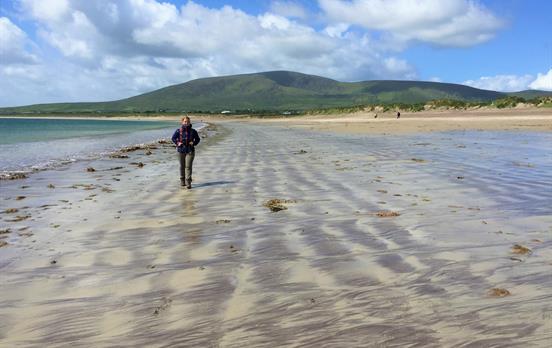
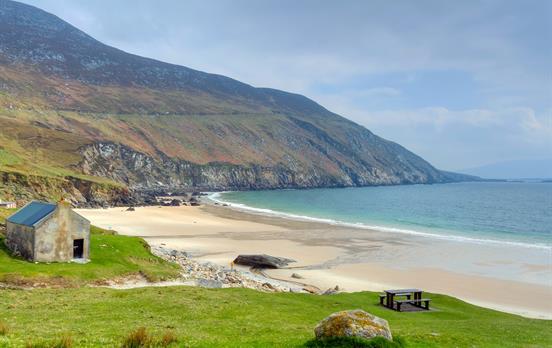

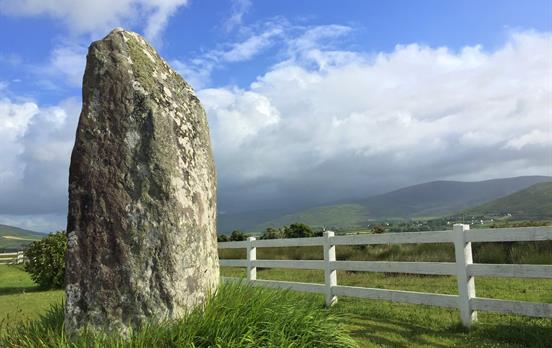
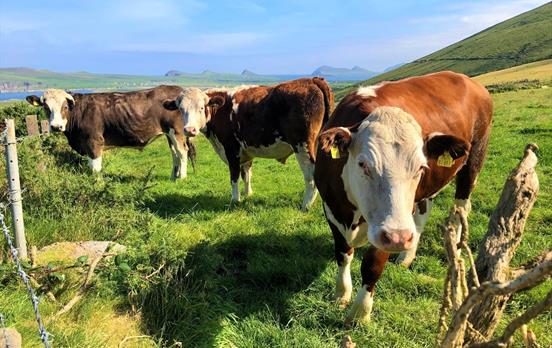


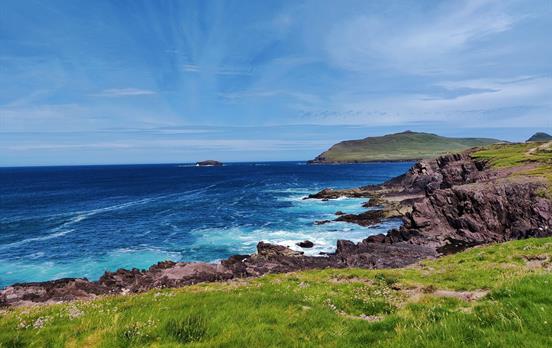

















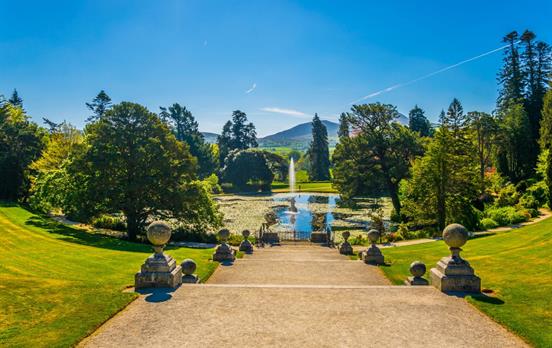









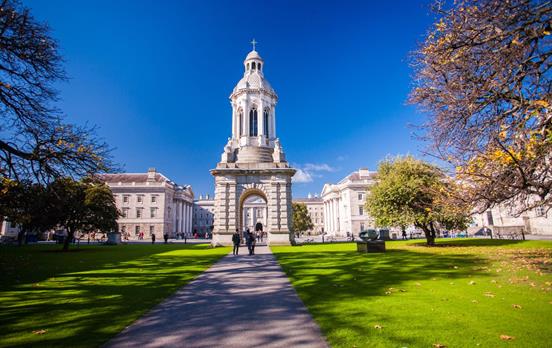


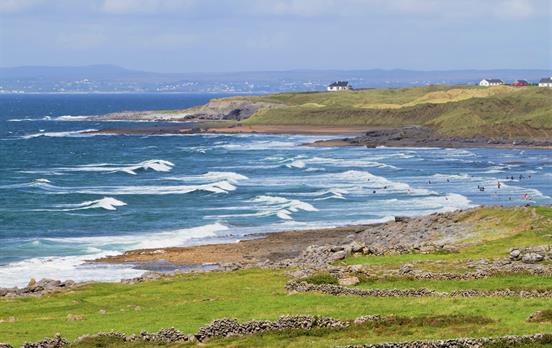


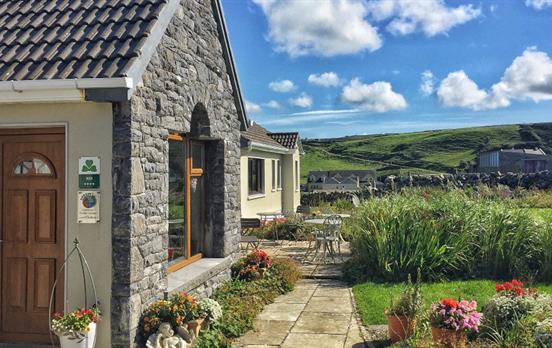
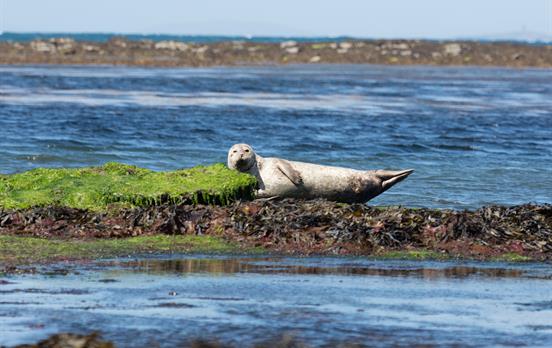
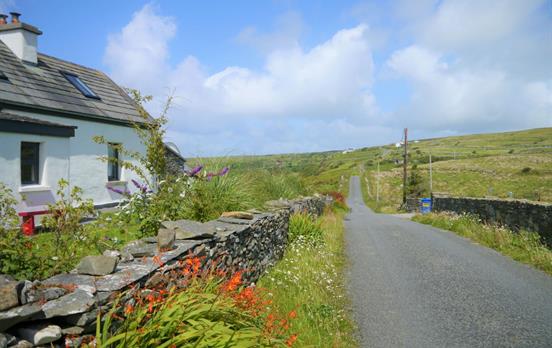

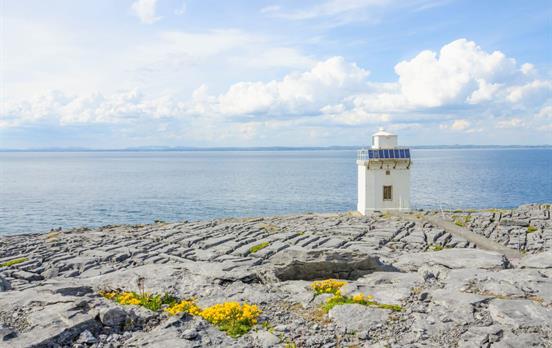
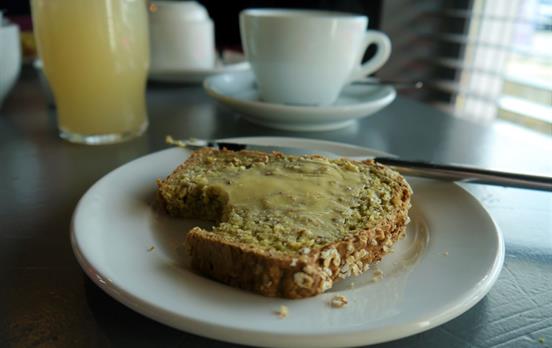

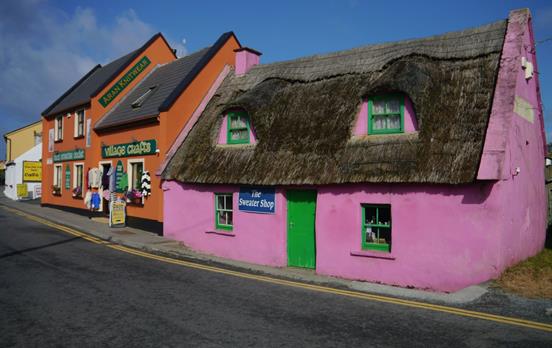


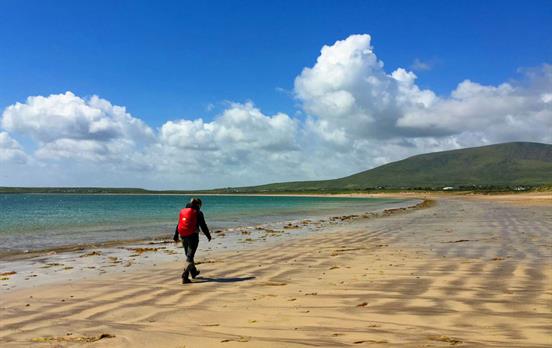
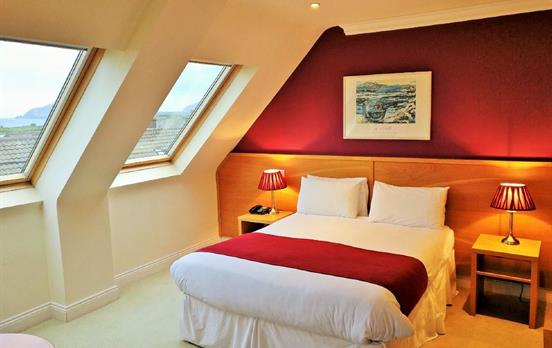
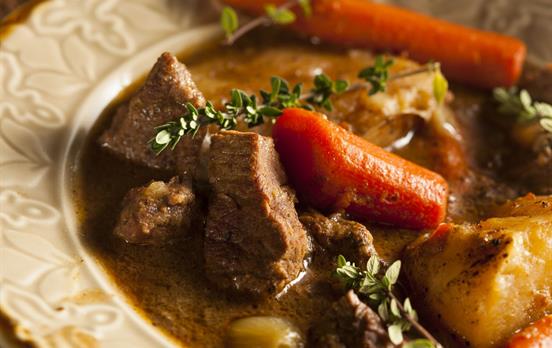
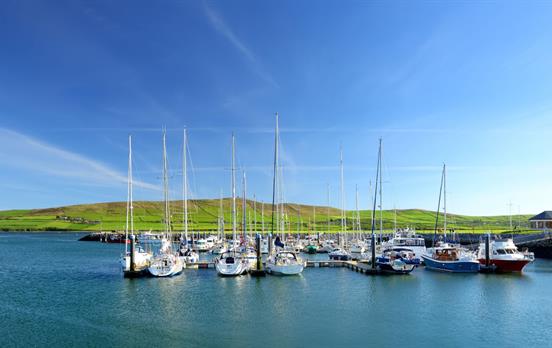
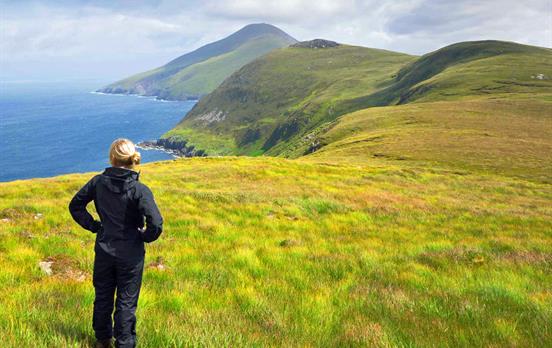

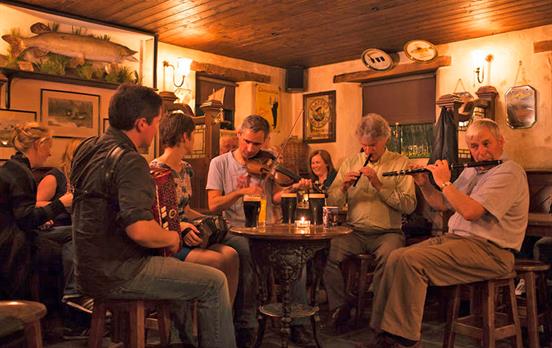
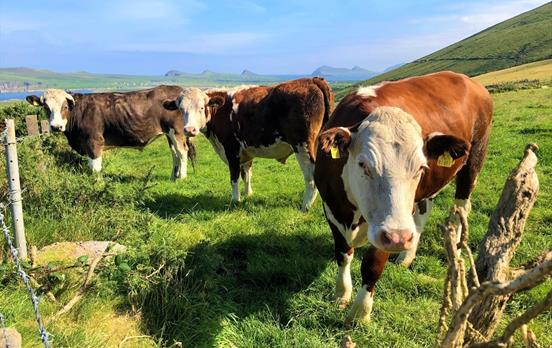
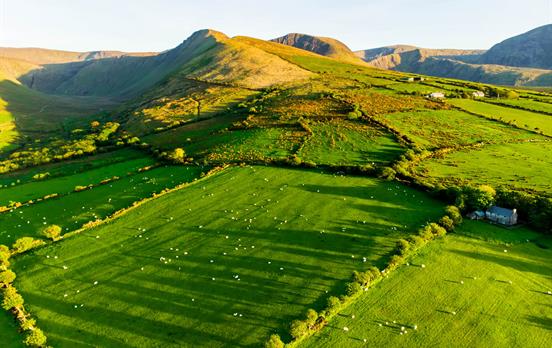
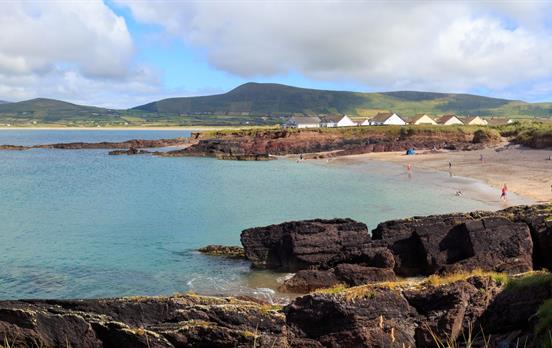


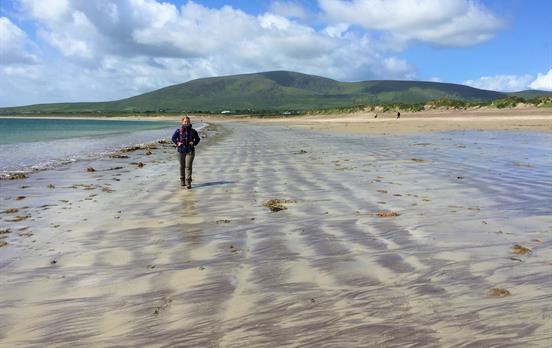
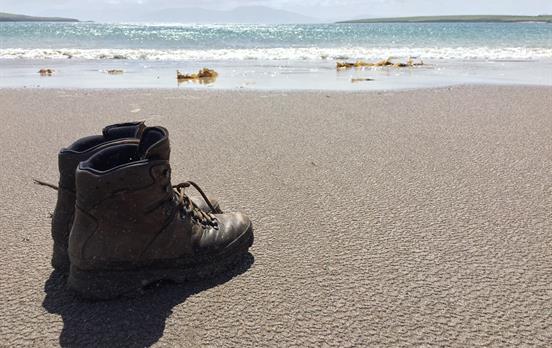
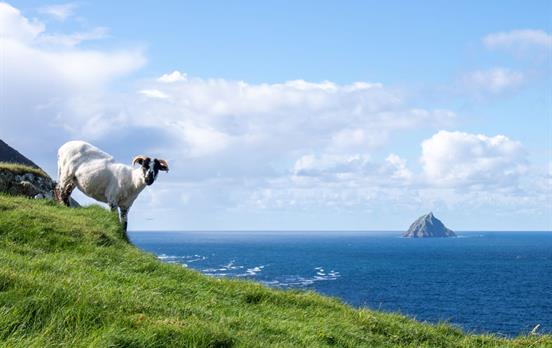




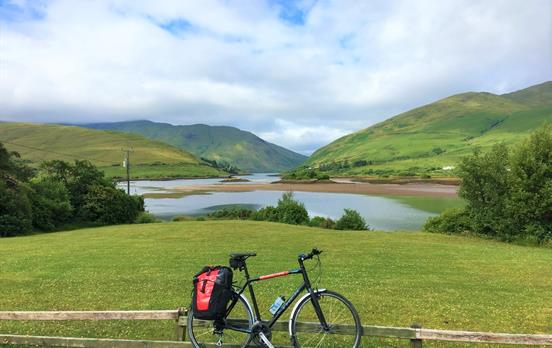
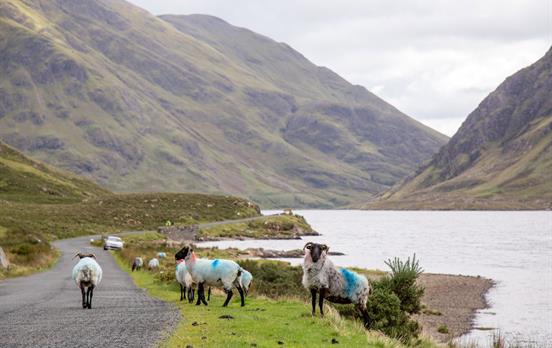
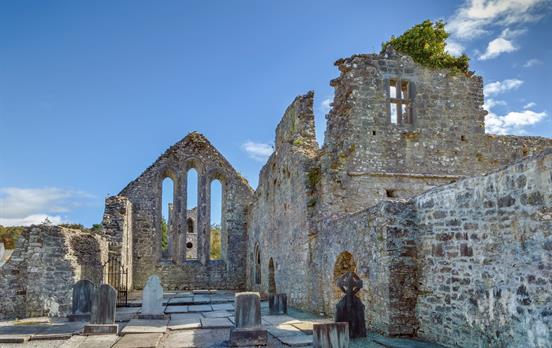
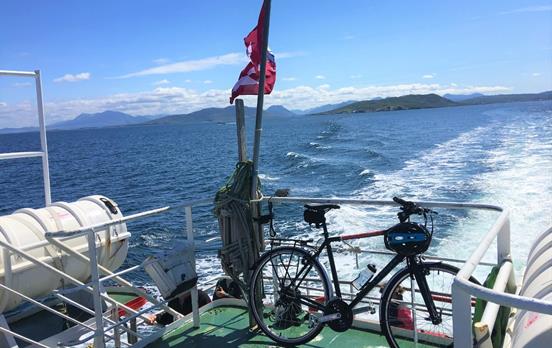
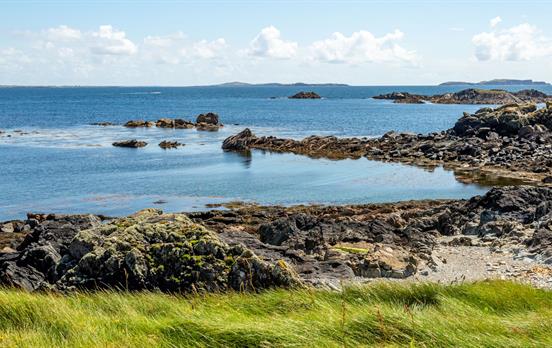
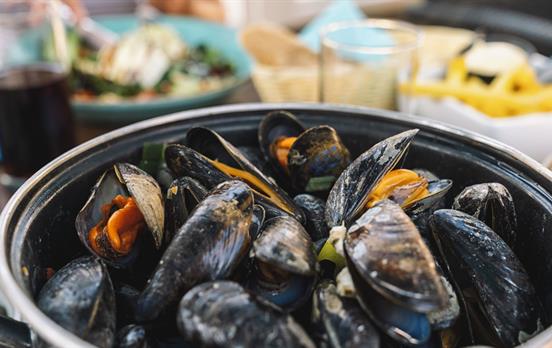
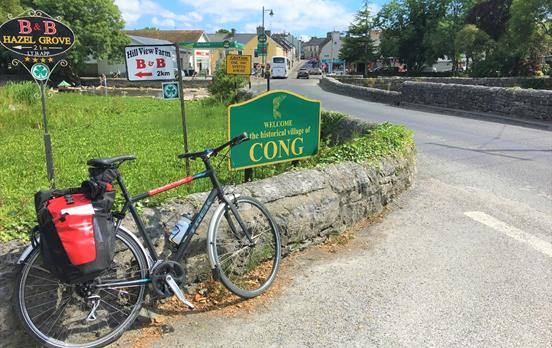

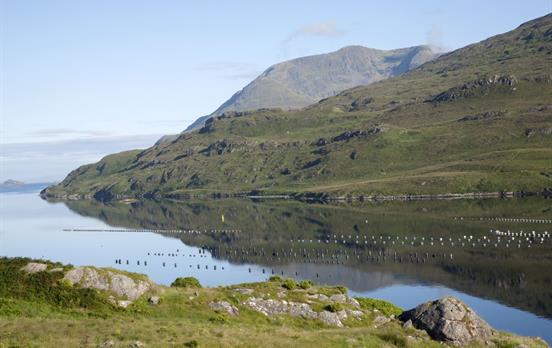
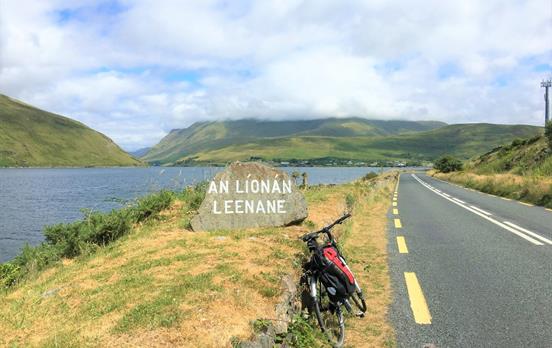

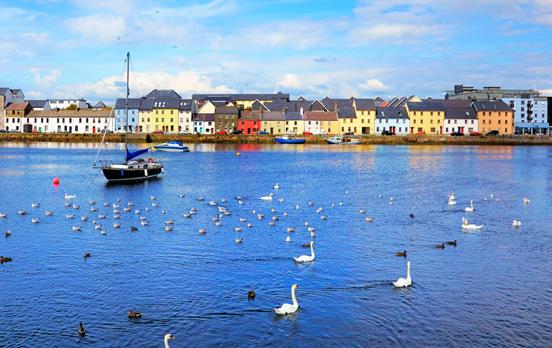
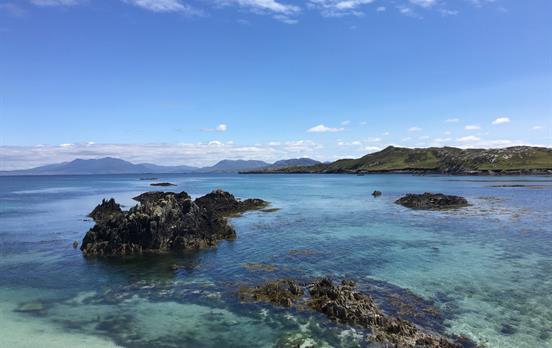
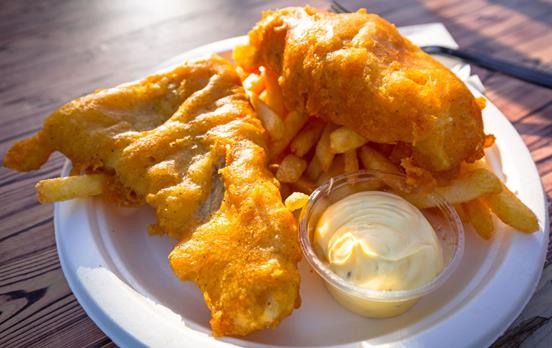



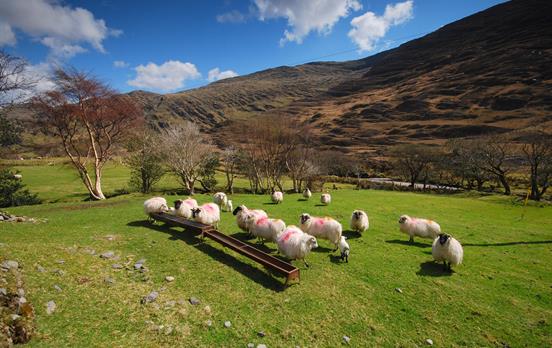
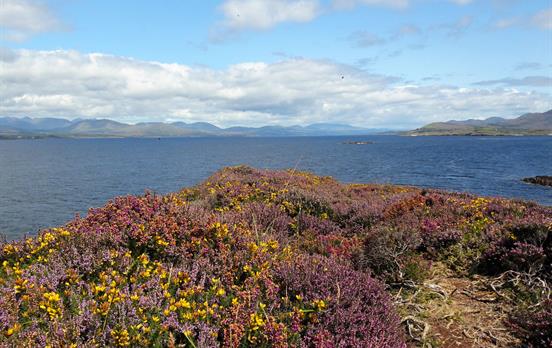
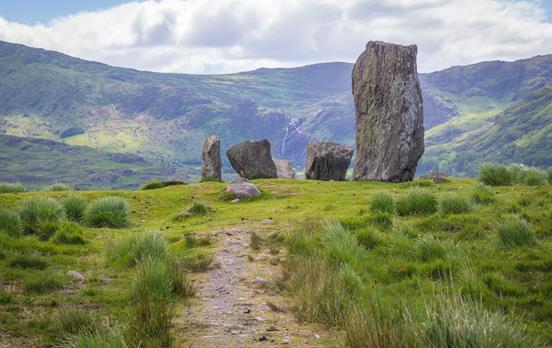
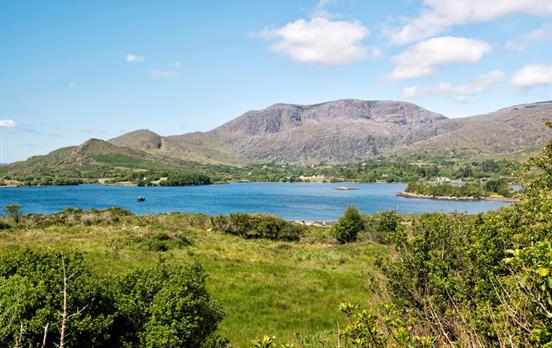
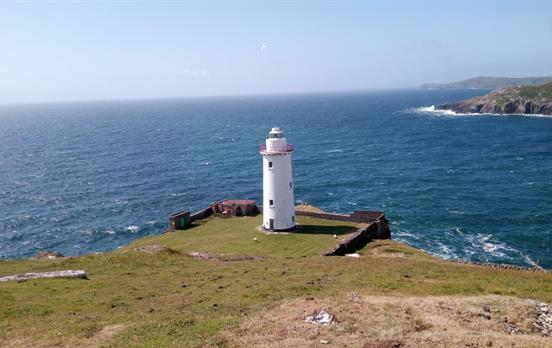


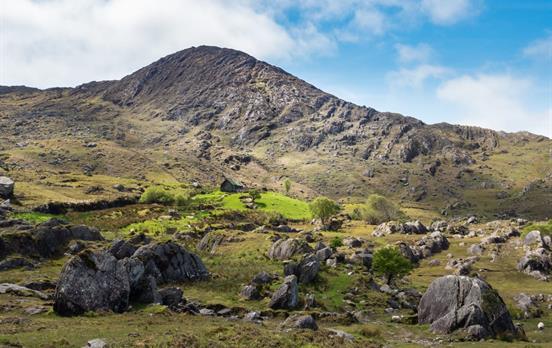
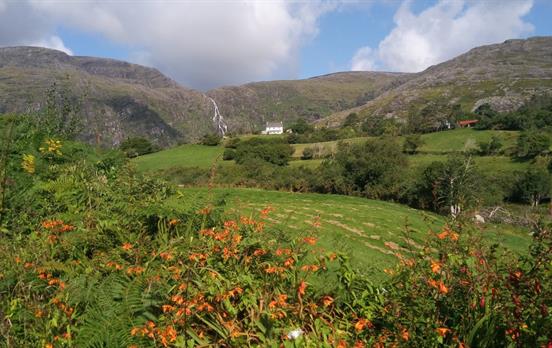
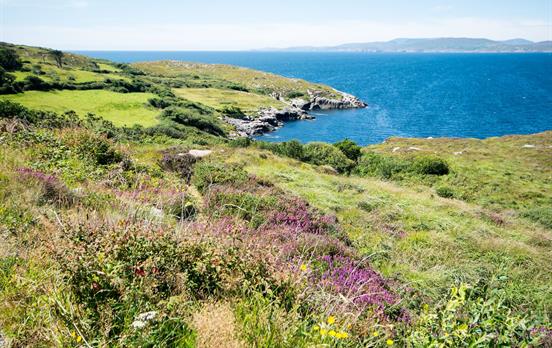

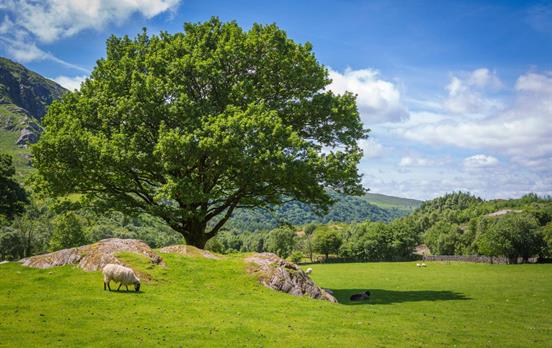
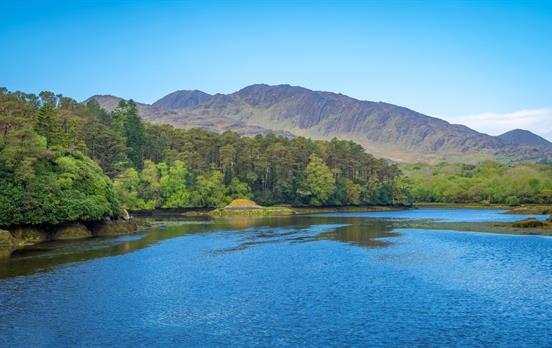

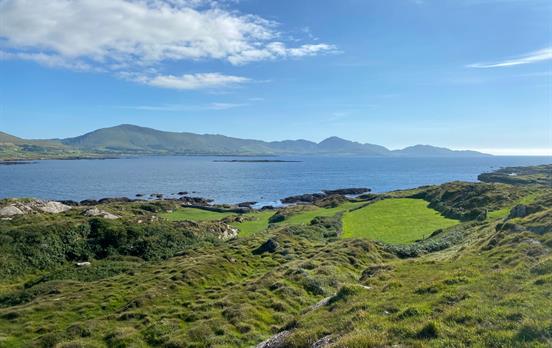

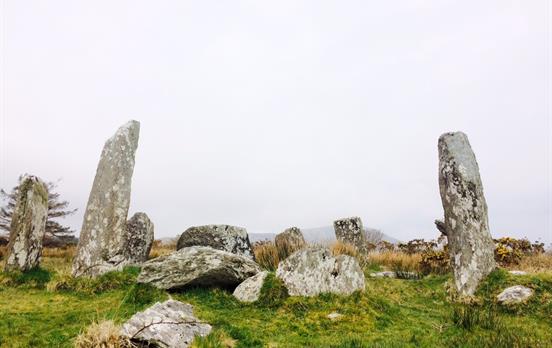
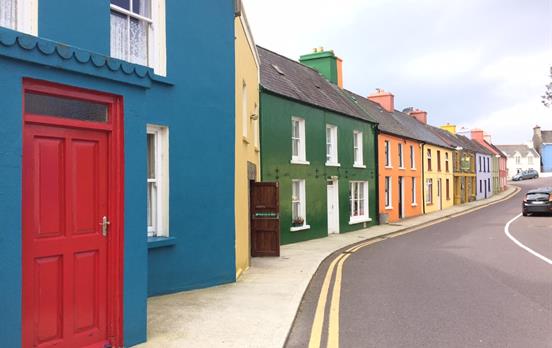

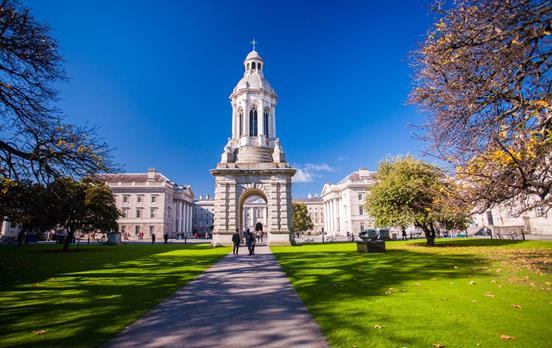


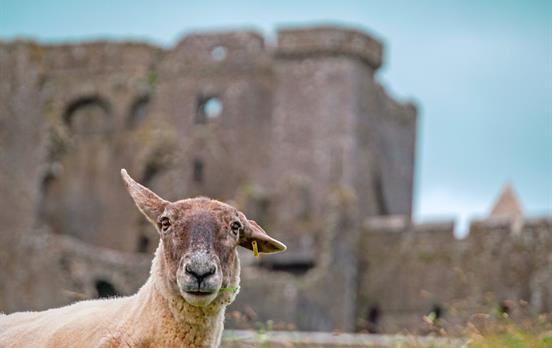

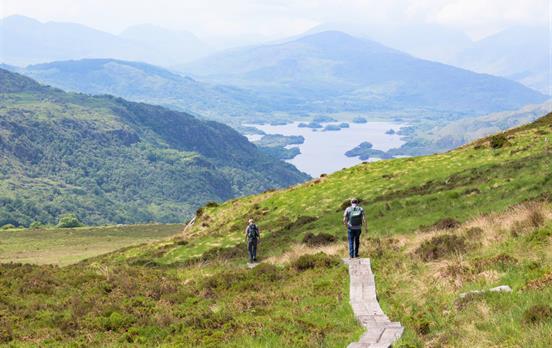
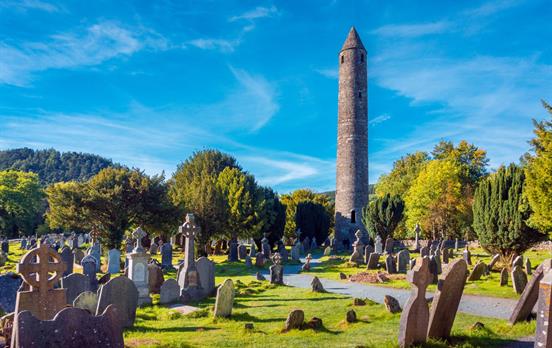
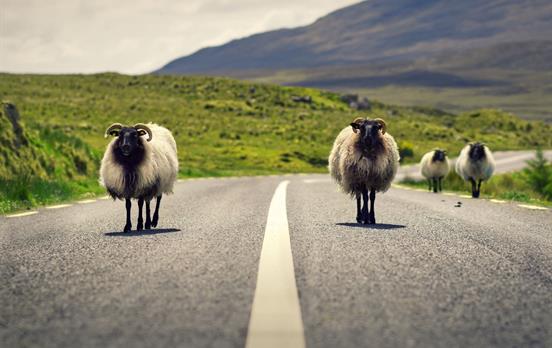
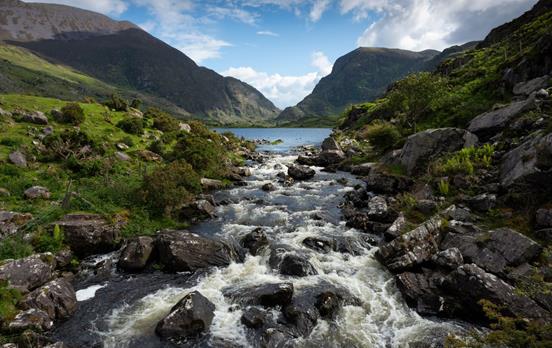
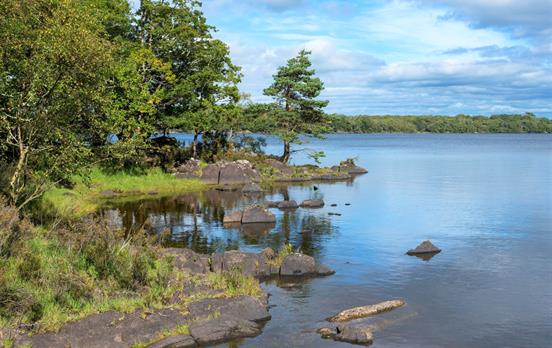

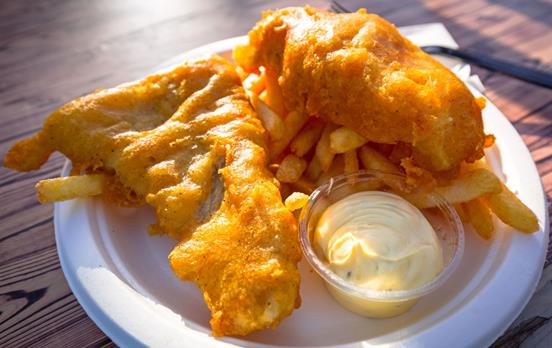


























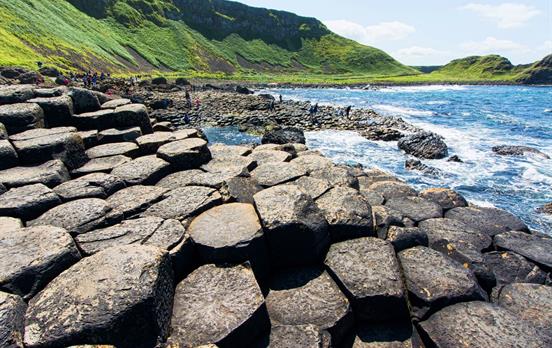
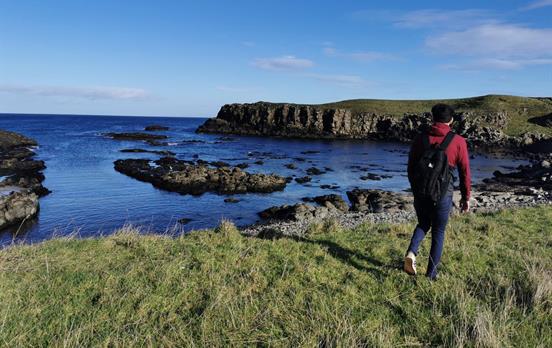







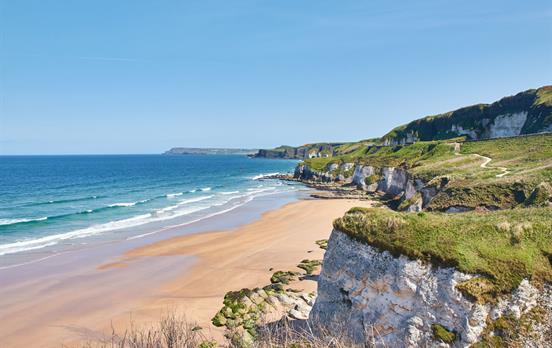

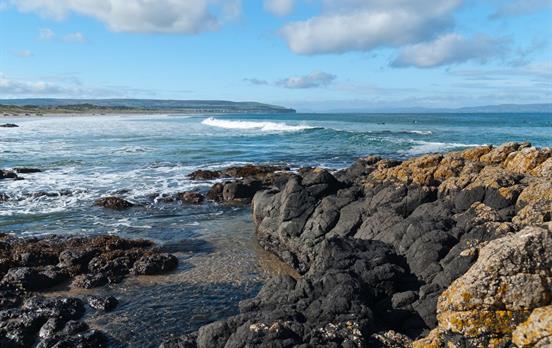
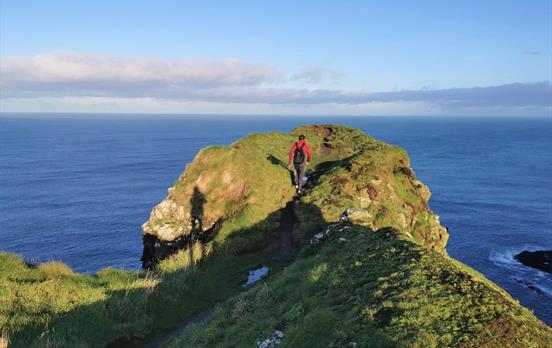

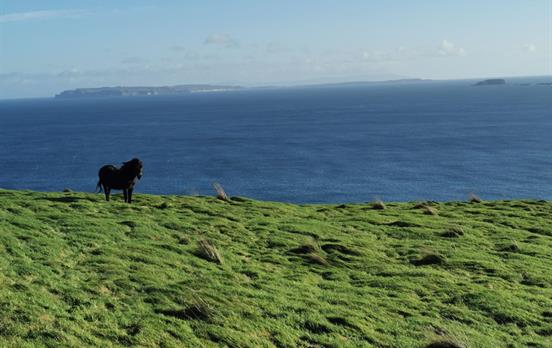
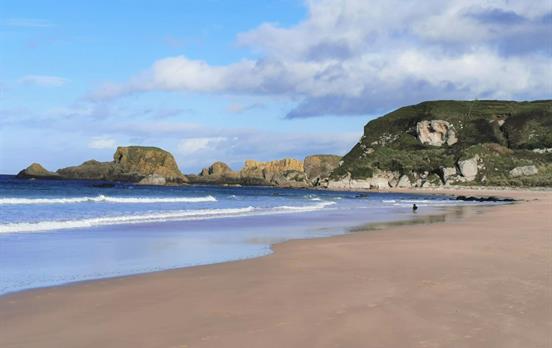

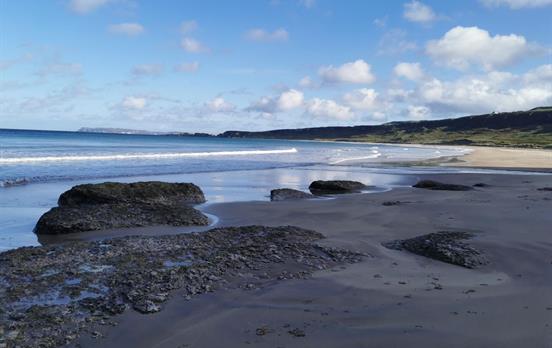
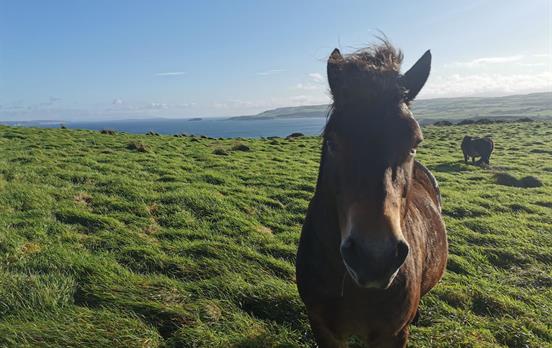









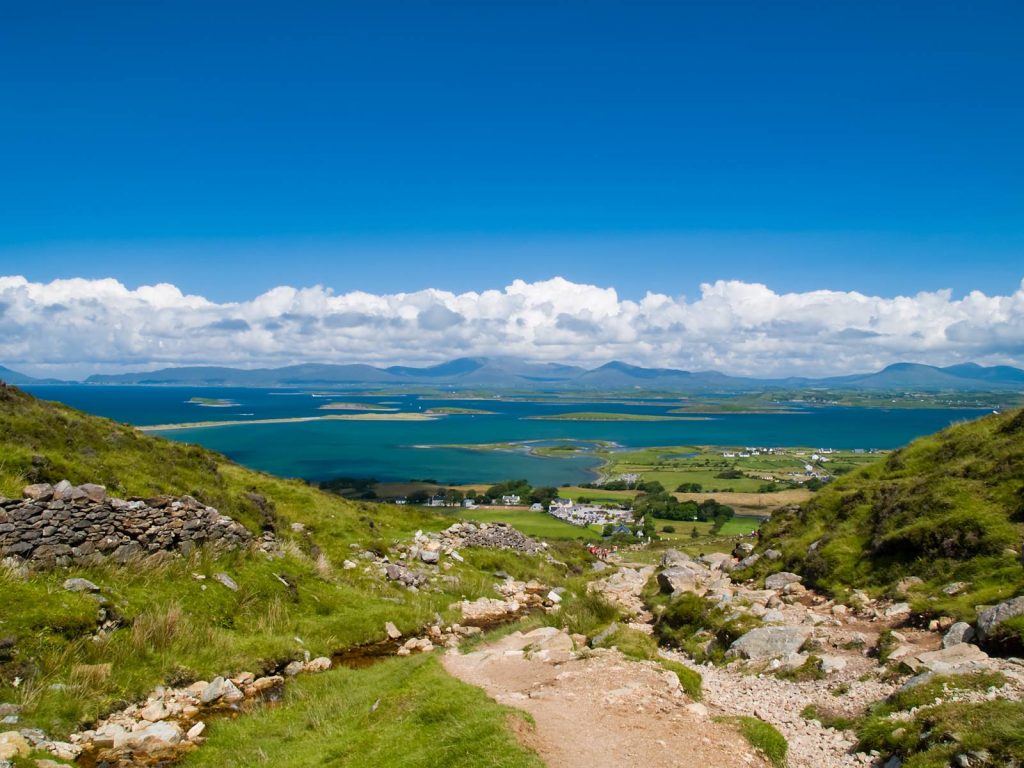
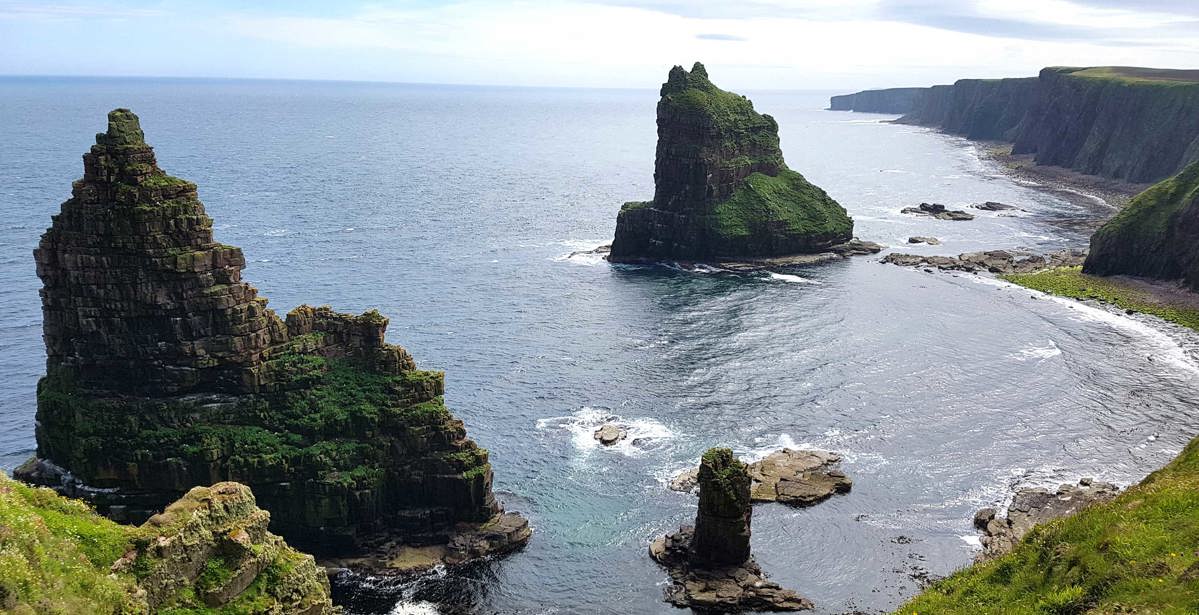

 Canada
Canada